Expansion of Plant-Based Diets
The Carrot Fiber Market is witnessing a surge in interest due to the expansion of plant-based diets. As more individuals adopt vegetarian and vegan lifestyles, the demand for plant-based ingredients is increasing. Carrot fiber serves as an excellent source of plant-based nutrition, appealing to this demographic. Market trends indicate that the plant-based food market is on an upward trajectory, with carrot fiber being utilized in various applications, from meat alternatives to baked goods. This shift towards plant-based eating habits suggests that the Carrot Fiber Market could experience significant growth, as manufacturers seek to capitalize on the rising popularity of plant-based products.
Growth in Functional Foods Sector
The Carrot Fiber Market is poised for growth, particularly within the functional foods sector. As consumers increasingly prioritize health and wellness, the demand for functional foods that offer additional health benefits is on the rise. Carrot fiber, known for its high fiber content and potential digestive health benefits, aligns well with this trend. Market data indicates that the functional foods segment is expected to witness substantial growth, with carrot fiber being a valuable ingredient in products such as snacks, beverages, and dietary supplements. This trend suggests that the Carrot Fiber Market could see a surge in applications, as manufacturers innovate to meet consumer demands for health-enhancing products.
Rising Demand for Natural Ingredients
The Carrot Fiber Market is experiencing a notable increase in demand for natural ingredients, driven by consumer preferences for clean label products. As health-conscious consumers seek alternatives to synthetic additives, carrot fiber emerges as a favorable option due to its natural origin and nutritional benefits. The market for natural food additives is projected to grow significantly, with carrot fiber being a key player. This shift towards natural ingredients is not merely a trend but appears to be a fundamental change in consumer behavior, influencing manufacturers to reformulate products. Consequently, the Carrot Fiber Market is likely to expand as more companies incorporate carrot fiber into their offerings, catering to the evolving tastes and preferences of consumers.
Increased Awareness of Dietary Fiber Benefits
The Carrot Fiber Market is benefiting from heightened awareness regarding the health benefits of dietary fiber. As research continues to highlight the role of fiber in promoting digestive health, weight management, and overall well-being, consumers are actively seeking fiber-rich foods. Carrot fiber, with its impressive fiber profile, is well-positioned to meet this demand. Market analysis shows that the dietary fiber market is expanding, with carrot fiber gaining traction as a preferred source. This growing awareness is likely to drive the Carrot Fiber Market forward, as more consumers incorporate fiber-rich products into their diets, thereby enhancing the overall market landscape.
Technological Advancements in Food Processing
The Carrot Fiber Market is being influenced by technological advancements in food processing techniques. Innovations such as improved extraction methods and processing technologies enhance the quality and functionality of carrot fiber. These advancements allow manufacturers to create more versatile and effective products, thereby expanding the applications of carrot fiber in the food industry. Market data suggests that the food processing sector is evolving rapidly, with a focus on efficiency and product quality. This evolution is likely to benefit the Carrot Fiber Market, as companies leverage new technologies to develop innovative products that meet consumer demands for quality and performance.


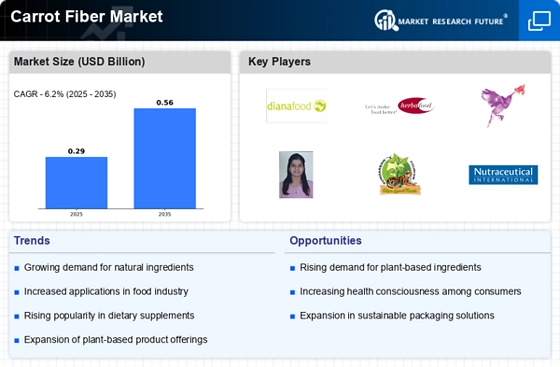
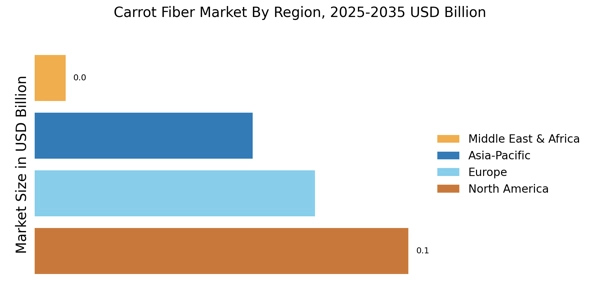
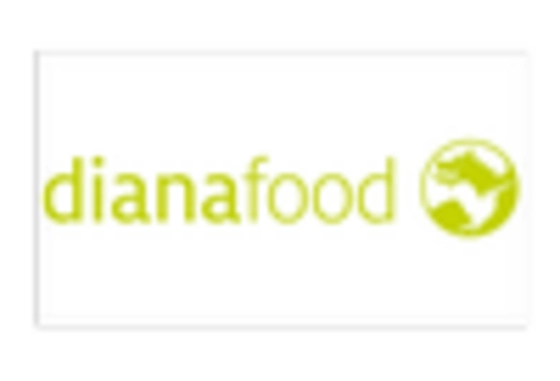
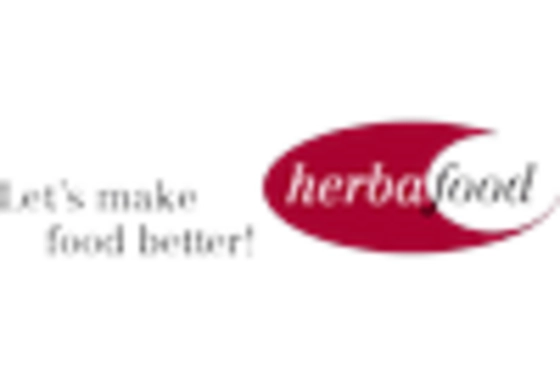
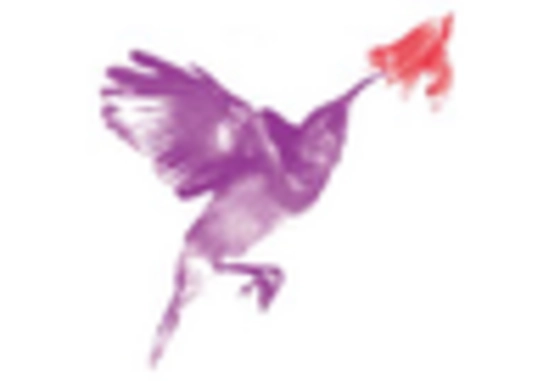
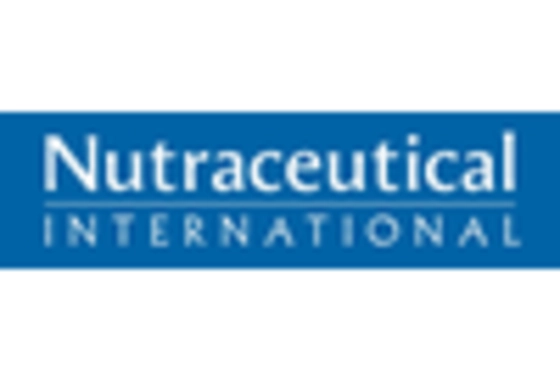

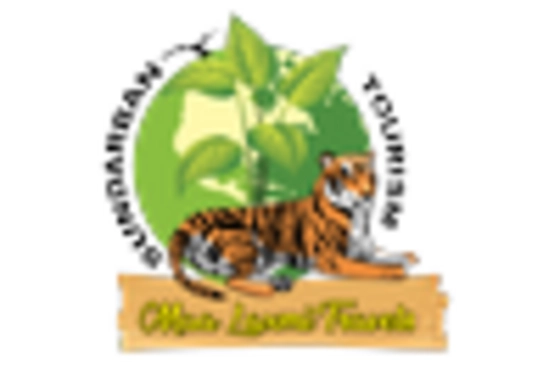








Leave a Comment